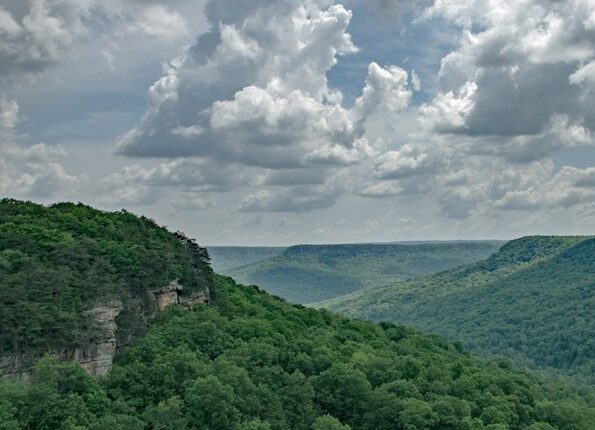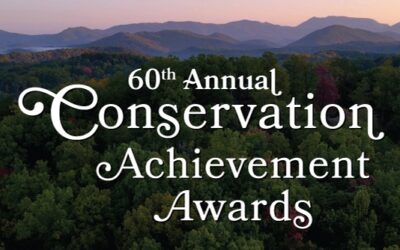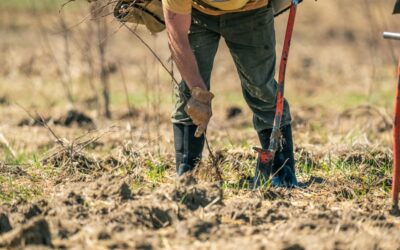Tennessee Wildlife Federation’s Habitat Restoration and Conservation program—in partnership with the Forest Stewards Guild—is working to restore thousands of acres of the Cumberland Plateau habitat.
Restoration will occur on some of the state’s most heavily used public lands for outdoor recreation.
Through a recently awarded grant, more than 5,400 acres of shortleaf pine forests on the Cumberland Plateau will be restored and enhanced. In partnership with The Forest Stewards Guild, Tennessee Wildlife Federation’s Habitat Restoration and Conservation program will use prescribed fire and strategic plantings to revitalize vanishing habitat that is critical to many species, particularly nongame birds.
>>TAKE ACTION: Make your own backyard a wildlife habitat
The $200,000 grant was awarded by the National Fish and Wildlife Foundation. These funds will be matched by the partnering organizations and The Lyndhurst Foundation to double its impact.
Native shortleaf pines and oaks were once widespread on the Plateau. But Tennessee has seen a 70 to 80 percent reduction in shortleaf pine since 1980. The decline has been caused by the lack of fires that restore the landscape, failure to replant shortleaf pine after land management, conversion to non-native forest types, and disease.
“Much of the restoration will happen on recently cleared pine plantations and on some of Tennessee’s most heavily used public lands for hunting, hiking, and wildlife watching,” said Chris Roberts, director of conservation at Tennessee Wildlife Federation.
This includes 2,000 acres within Savage Gulf State Natural Area and more than 2,000 acres within Bridgestone Firestone Centennial Wilderness.
Restoration help is also available for private properties.
“It’s exciting to see so many landowners interested in restoring forest habitats on the Plateau—to return it to its natural state and better support wildlife,” said Chris. “This is critical because 90 percent of Tennessee’s land is privately owned. I’m excited to be encountering more and more landowners interested in taking a long-term view to managing their land.”
Landowners can engage at demonstration forests and by creating forest management plans that are compliant with federal cost-share programs. Restoration activities to enhance wildlife habitat will include responsible timber management, prescribed burns, and planting shortleaf pine.
Landowners who believe their property may be a fit for large-scale habitat restoration are encouraged to fill out the landowner interest form.
Featured photo by Lucy Banks




